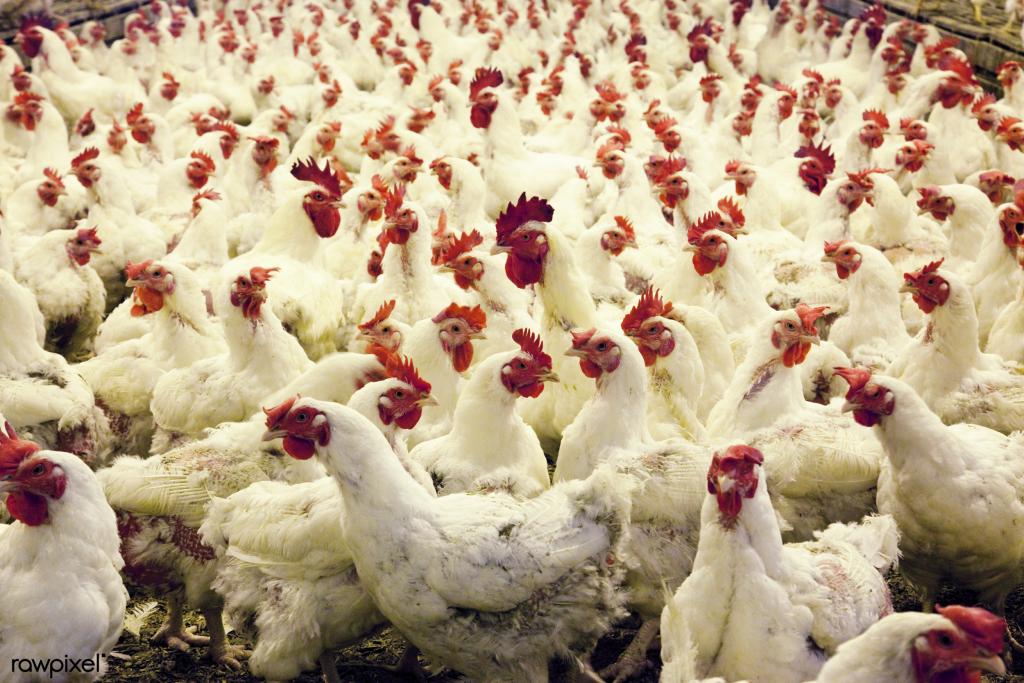
So, look, I am going write this with virtually no effort to source my claims because I don’t think there’s much that’s in dispute about the facts of the matter. Readers are welcome to share their own links in the comments. (Side comment: Disqus is a lot more nanny-ish lately, either in general or in terms of the Patheos settings, and it flags a lot more comments for approval than it used to; I’m still getting used to checking for pending comments consistently.)
Some time ago, I read the book Fast Food Nation (further side note: I’ve taken to linking to GoodReads rather than Amazon, just because), which was about a lot more than simply the world of McDonalds and the like, and I recall learning about the world of poultry-processing plants for the first time, in which an immigrant workforce (both illegals presenting false IDs and unskilled legal immigrants/refugees) worked in exceedingly unpleasant, high-stress working conditions with high risk of injury. I particularly recall that the workers had their own knives, and the author describes the workers spending their evenings off-the-clock sharpening them to be prepared for the next workday, because a sharp knife was the key to productivity and safety.
I am, of course, reminded of this by the latest news of the raid on a poultry-processing plant, with its predictable slew of sympathetic reports that without these workers, the plant has no workforce and the town has no residents. Of course, the line “immigrants are willing to do the jobs Americans don’t do” is equally accurately restated as “immigrants accept poor working conditions and low pay that Americans wouldn’t tolerate, due both to their fear of being reported and the even greater degree of poverty they’d face back home.”
And, in fact, once upon a time, when I first entered the adult world of cooking for myself, in grad school, my usual practice was to buy a package of chicken legs, cook a meal based on one of the recipes in my red plaid cookbook, and eat leftovers for a couple days. The recipes with chicken breast were a bit of a luxury item and reserved for the times when the store had chicken breast on sale as a loss leader, reduced from $4.00 per pound to a $2.00. (And for avoidance of doubt: I’m not being all nerdy and adjusting with CPI; those were the prices at the time.)
The other day I bought chicken breast for $2.00 a pound. It was not a loss-leader sale. It wasn’t even a sale at all. And it wasn’t even the sort of chicken that’s extra cheap because it’s got the “enhanced with X% solution” label.
Yes, I know that part of what’s going on is that the birds have been bred to have larger breasts (though I don’t know to what extent this process was already completed by the time I was doing my shopping for sale meat for the first time); after all, older cookbooks call for 4 chicken breasts when they mean a pound of chicken; now a single breast is nearly a full pound. But a significant part of the reason for the cheap chicken is the transformation of poultry processing work into something deemed fit for immigrants only — low wage, high stress, high risk.
And it consequently stands to reason that serious immigration enforcement (and recall, my preference is for mandatory E-Verify/Social Security match checks rather than deportation) would force poultry processors, among many other types of employers, to boost their wages and improve their working conditions in such a manner as to make the work more attractive to Americans.
So the question I’d like to invite readers to discuss is this: how much more are you willing to pay for your chicken breast in order to return to an American workforce? In the absence of new enforcement laws, would you pay more for chicken labelled “processed in a plant that participates in E-Verify” or that has a certification of fair working conditions (however they might be defined, from some certifying group)?
The floor is yours.
Image: Thousands of chickens live in this large place where their main function is to lay eggs. Located in Monroe County. Original image from Carol M. Highsmith’s America, Library of Congress collection. Digitally enhanced by rawpixel. https://www.flickr.com/photos/vintage_illustration/31313248317













